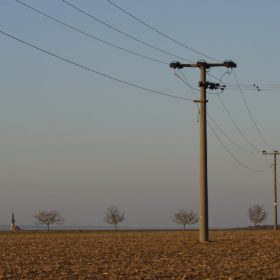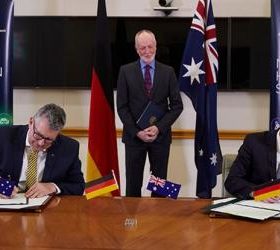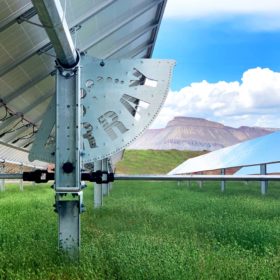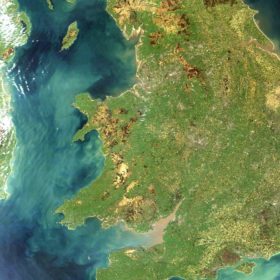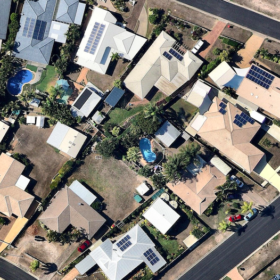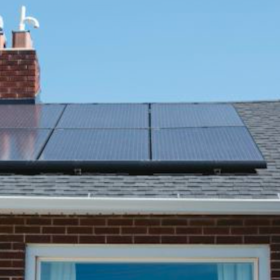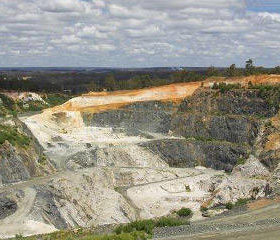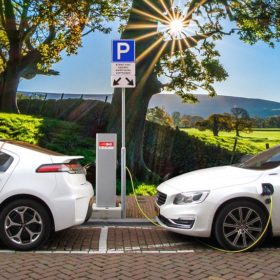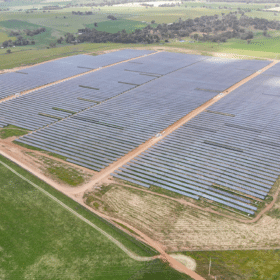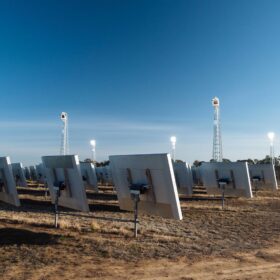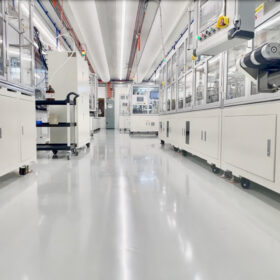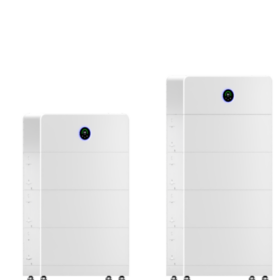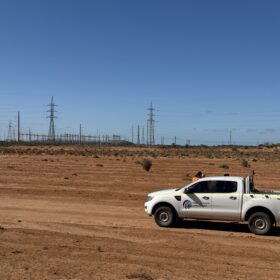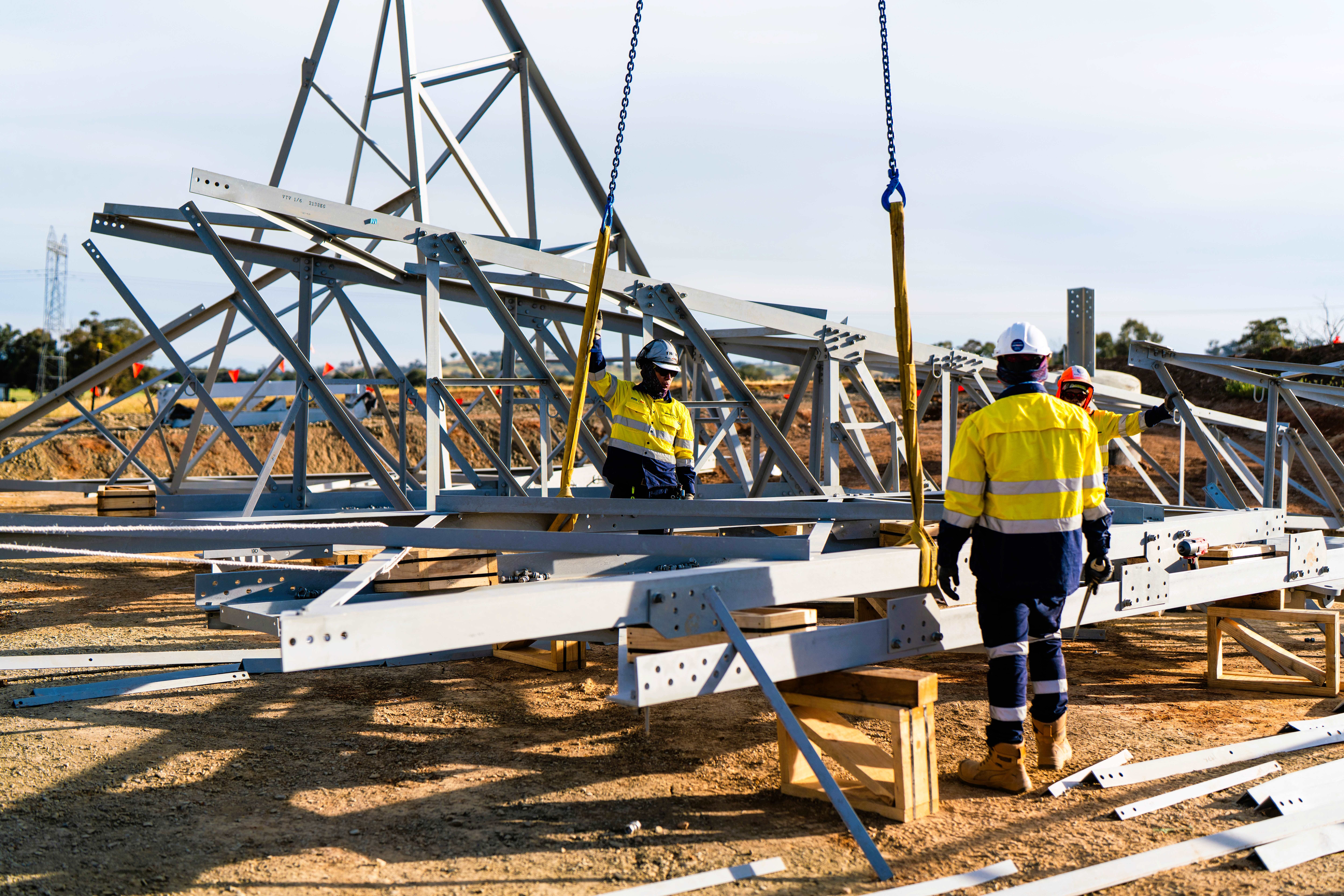Asian Development Bank provides more than $1bn finance for renewables power lines
The development lender has followed up a $600 million loan for distribution infrastructure in eastern Indonesia with a $430 million credit line for installations in India.
WA Government stepping in to support lithium producers waiting for the boom
The Western Australian Government going to provide a temporary royalty rebate scheme for three lithium producers and their employees are who struggling in the face of low prices. Prices have fallen for the first time since 2014 as spodumene concentrate supply is being oversupplied in advance of the electric vehicle and energy storage boom which hasn’t quite hit yet.
Work begins on German-Australian “hydrogen bridge”
The joint-feasibility study into green hydrogen production and trade between Australia and Germany has officially begun, work on what the German Federal Minister of Research has dubbed the “Wasserstoffbrücke,” or “hydrogen bridge”.
Array Technologies ends 2020 with one more 1 GW solar tracker supply contract
The tracking industry’s second-largest player has signed an agreement to supply RP Construction Services with 1 GW of single-axis solar trackers just 20 days after coming to a 1.4 GW agreement with Lightsource BP.
UK assembles experimental hydrogen network from decommissioned gas infrastructure
The £12.7 million project will explore how to transport pure and blended hydrogen for use in heating and industrial purposes. Construction will start next year.
Regulator develops ledger to combat solar non-compliance and fraud
A new serial number ledger is being developed by the Clean Energy Regulator who will be working with solar industry stakeholders to safeguard the national Small-scale Renewable Energy Scheme.
South Australia likely to face ‘solar shutdown,’ but real tragedy is good news has been badly sold
South Australia will likely be the world’s first state to enforce temporary ‘solar shutdowns’ this summer. The real tragedy though, according to solar expert Finn Peacock, is not the curtailment of renewables but rather how poorly the government has managed and communicated its plan.
WA announces members of its Future Battery Industry taskforce
A collection of mining companies, industry bodies and union groups have been announced as the members of the Future Battery Industry taskforce, the Western Australian McGowan Government’s unit designed to grow the value chain of critical minerals for the energy storage industry for domestic use and export opportunities.
WA invests in electric vehicle strategy, emissions continue to rise
Western Australia’s long-awaited Climate Policy has landed with somewhat of a whimper, nevertheless, there is something to be said of its investment in the uptake of electric vehicles, including what is to become Australia’s longest EV charging network. Nevertheless, there is perhaps something more to say about how dovish this policy is in regards to some of the world’s largest emitters being harboured in Western Australia.
Molong Solar Farm nolonger in development, successfully energised
GRS has passed the 550 MW mark in its Australian portfolio with the energisation of its 39 MW Molong Solar Farm in Central West New South Wales. The project is now on the verge of grid connection tests and thereby closing in on full-fledged generation.
